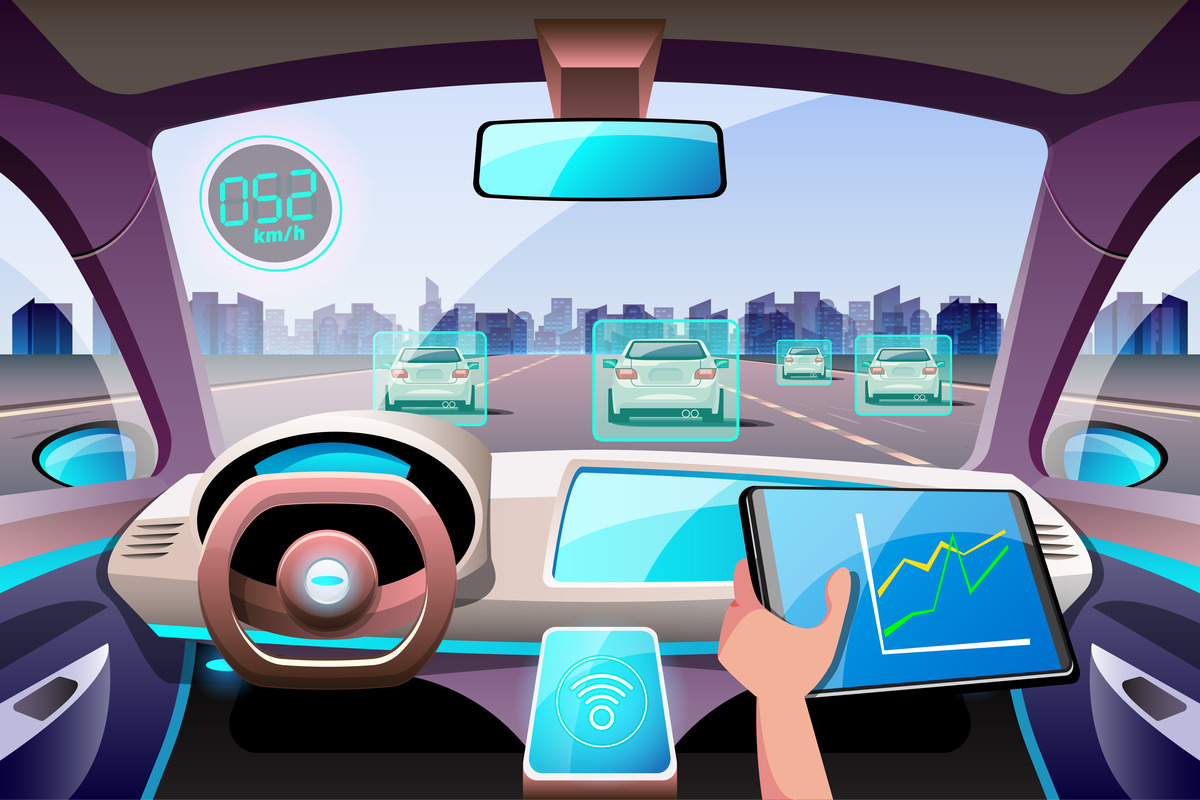How 5G Technology is Powering the Future of Connected Vehicles
Technology is reshaping the world in one way or another, and connected vehicles are not the exception. When we talk about 5G, it is the icing on the cake for the advancement of connected vehicles and will contribute to its growth to a great extent.
Increased Connectivity in connected vehicles
- Lightning-fast speeds enable enhanced performance and efficiency.
- Real-time data exchange facilitates a superior user experience.
- Improved security fosters greater customer trust.
V2X Communication in connected vehicles
- Inclusion of vehicles, infrastructure, pedestrians, and the network in communication.
- Facilitation of collision avoidance, traffic management, and pedestrian detection for safer roads.
Connected vehicle Self-contained driving
- Enhanced location facilities through up-to-date navigation systems.
- Accident minimization through alert systems for accident-prone areas.
Over-the-Air (OTA)
- Seamless updates for software, firmware, and features to maintain performance.
- Personalization and customization options for an enhanced owner experience.

Cloud and Edge Computing
- Cloud connectivity enables remote control of vehicles via smartphones.
- Edge computing ensures data security and prevents breaches, focusing on sensitive data.
Fleet Management and Telematics
- Measurement and analysis of both owner and vehicle behavior for future maintenance and safety measures.
- Optimization of fleet operations, cost reduction, and safety improvement for fleet operators
In a scenario where a driver is navigating a bustling city center:
5G connectivity enables the vehicle to communicate with surrounding infrastructure in real time. With updated data about pedestrian movements and traffic conditions, the vehicle can adjust speed and trajectory to avoid hazards swiftly.
Edge computing capabilities ensure fast data processing locally, enhancing response times and driving experience even in areas with poor network coverage.
Overall, 5G technology significantly enhances the capabilities of connected vehicles, making them safer and more efficient and providing a superior user experience.
Example
5G technology is reshaping the future of transportation through connected vehicles. Imagine cruising down the highway, seamlessly receiving real-time updates on traffic conditions for smoother navigation. With 5G, vehicles communicate with each other and infrastructure, ensuring safer roads for all. Over-the-air updates keep vehicles updated with the latest features, enhancing performance and the user experience. The integration of 5G is propelling us towards a future where connected vehicles redefine the way we travel, promising unparalleled efficiency and safety on the road.
Conclusion
5G technology stands as a transformative force in shaping the future of connected vehicles. With its lightning-fast speeds, seamless connectivity, and advanced communication capabilities, 5G is revolutionizing the way vehicles interact with each other and with the surrounding infrastructure. The integration of V2X communication, advanced driving features, OTA updates, and cloud/edge computing not only enhances the performance and efficiency of connected vehicles but also significantly improves safety and the user experience. As we embrace this era of interconnectedness, 5G enables vehicles to become more than just modes of transportation—they evolve into intelligent hubs, navigating our roads with heightened awareness and responsiveness. With continued innovation and adoption of 5G technology, the potential for connected vehicles to drive us toward a safer, more efficient, and ultimately more connected future is boundless.







